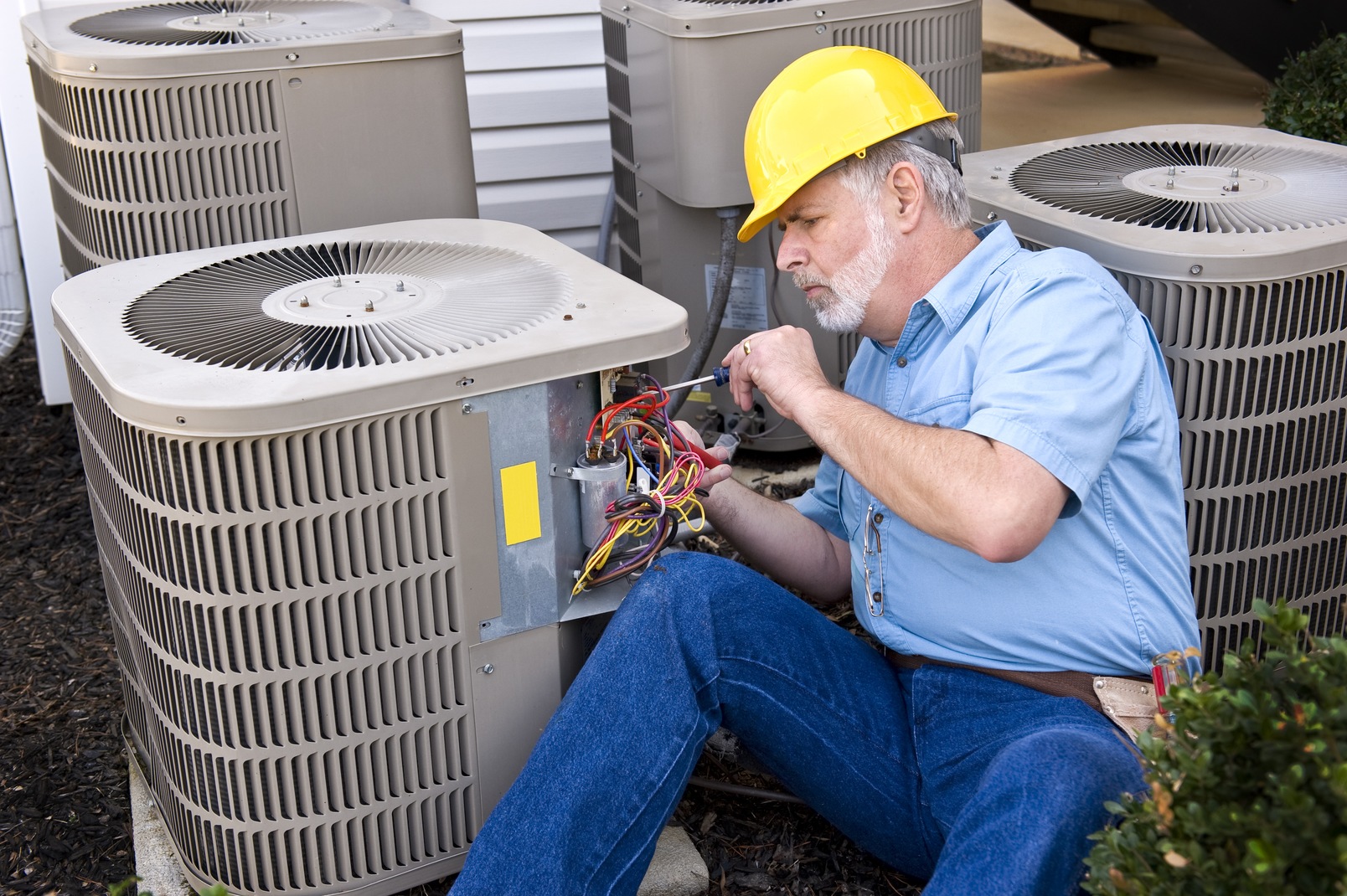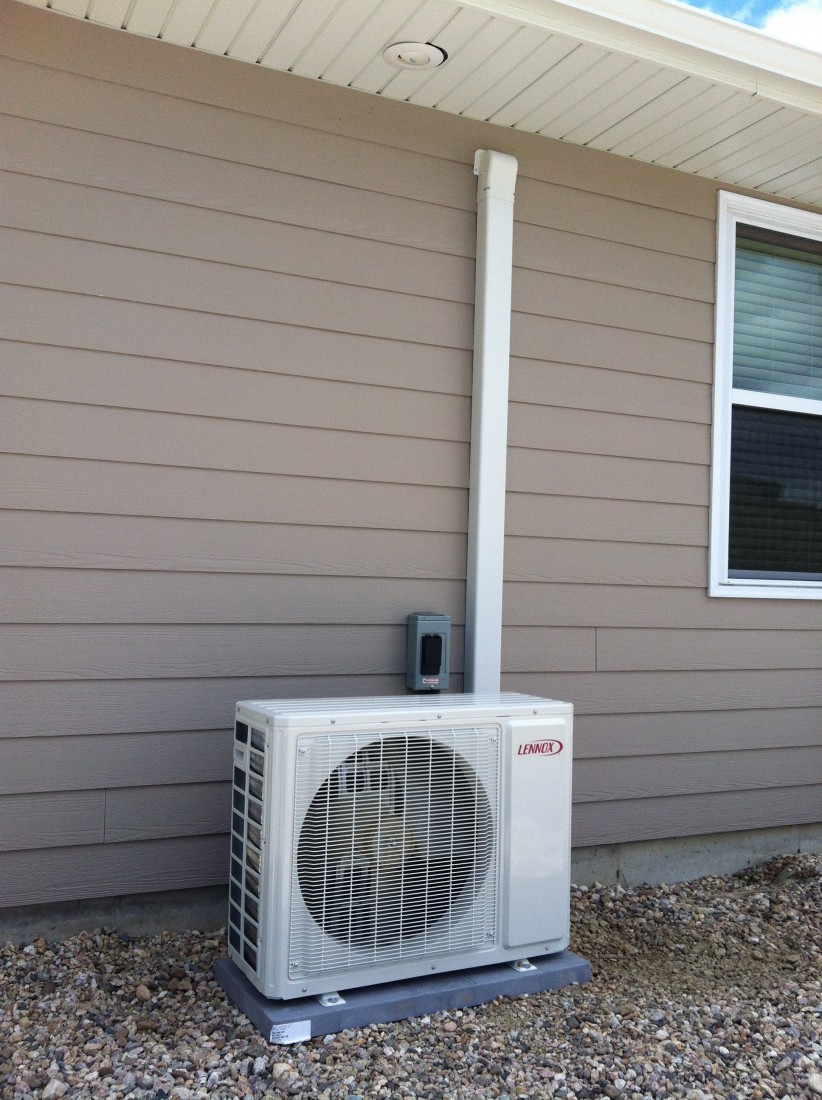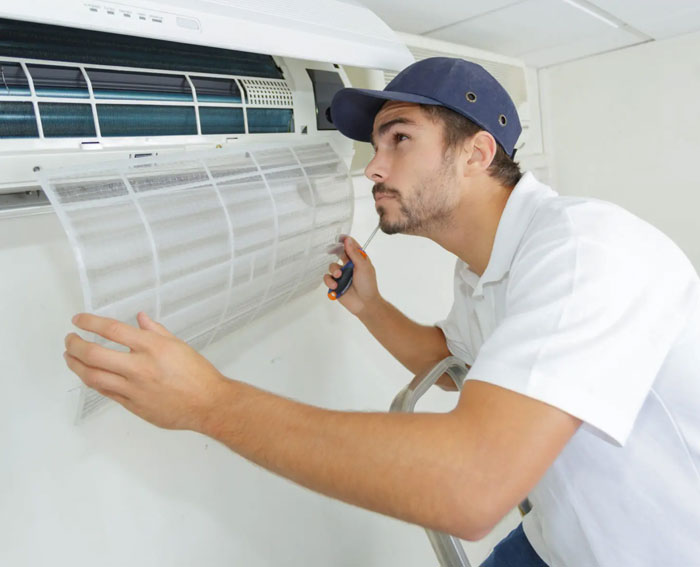Air Conditioning Installation in Skyscraper: Unique Challenges

Have you ever questioned why cooling setup in skyscrapers offers distinct obstacles?
The intricacy goes beyond simply cooling down the rooms effectively. From navigating restricted space constraints to resolving upright circulation obstacles, each facet requires meticulous planning.
But what about the architectural factors to consider and making sure accessibility to electric power for these systems?
These are simply a few pieces of the challenge that make taking on a/c installation in skyscrapers a multifaceted undertaking.
Secret Takeaways
- Calculated tools positioning and sound control are important in skyscraper a/c installations.
- Effective ductwork transmitting and upkeep accessibility make certain ideal heating and cooling efficiency. emergency ac repair
- Safety, weight circulation, and adherence to building ordinance are vital for architectural integrity.
- Power performance, ease of access, and seamless assimilation enhance air conditioner system capability in high-rise buildings.
Space Constraints
When setting up cooling in skyscrapers, you may run into space restrictions that need mindful planning and cutting-edge solutions. Restricted accessibility to certain locations can present a difficulty during installment. To tackle this, specific devices and innovative maneuvering might be essential to browse with limited rooms and reach the assigned locations for mounting the a/c systems.
Furthermore, in skyscrapers, noise control is important to assure the comfort and health of residents. The restricted rooms and distance of domestic systems in these buildings magnify the impact of sound produced by a/c systems. Executing soundproofing procedures, making use of quieter equipment, and critical positioning of elements can assist alleviate noise disruptions for homeowners.
Upright Distribution Difficulties
Discovering the complexities of high-rise buildings, specifically with regards to upright circulation, offers special difficulties for cooling installment. Ductwork obstacles are prominent in high-rise frameworks, where transmitting air ducts vertically via several floorings can be elaborate. Installation logistics come to be vital, as working with the placement of ductwork and tools in a way that guarantees efficient air movement and temperature control throughout the structure is critical.
Maintenance gain access to is another considerable concern when it pertains to upright circulation in skyscrapers. Making certain that a/c systems are easily obtainable for normal maintenance and repair services is crucial for long-term capability. In addition, the logistics of equipment transport to greater floorings pose a challenge. Moving heavy a/c systems, ductwork elements, and various other products up upright distances needs mindful planning and control to assure safety and security and efficiency.
Architectural Factors to consider
Considering the structural integrity of skyscrapers is crucial when preparing air conditioning setups. Skyscrapers are made to sustain specific weights, and adding cooling systems can impact the overall weight distribution. It's crucial to stick to developing codes to make certain that the extra weight from the HVAC systems doesn't compromise the building's structural stability. Building ordinance detail the maximum permitted lots for different sections of the structure, consisting of floorings and wall surfaces, to stop overloading.

Appropriate weight distribution is essential to prevent uneven anxiety on the building's structure, which could result in architectural concerns gradually. A/c systems should be tactically put to disperse their weight uniformly and reduce any kind of possible stress on details areas. Designers should meticulously analyze the building's load-bearing capacity and style the a/c installation appropriately to make certain that it meets security standards and regulatory requirements.
Electric Power Accessibility
To confirm the successful setup of cooling systems in skyscrapers, reviewing the availability of electrical power is critical.
When assessing the electric power access for cooling in high-rise buildings, consider the following:
- Proximity to Power Sources: See to it that the air conditioning systems are located near power sources to reduce energy loss and warranty effective procedure.
- Push-button Control Capacity: Go with systems that provide remote control attributes, enabling practical tracking and adjustment of the air conditioning devices from a distance.
- Energy Efficiency Ratings: Focus on a/c devices with high power efficiency rankings to lower overall power usage and reduced functional expenses.
- Backup Power Solutions: Implement backup power options like generators or battery backups to assure continual operation of the cooling systems during power blackouts.
A/c System Integration
When integrating heating and cooling systems right into high-rise buildings, coordinate seamlessly with existing infrastructure for peak efficiency. Guarantee system compatibility by thoroughly reviewing the structure's design and existing cooling and heating configuration. During the installment procedure, focus on reliable combination to maximize the total performance of the air conditioning system.
To achieve effective HVAC system combination, collaborate closely with engineers, designers, and service providers to deal with any type of potential difficulties. Conduct a detailed evaluation of the building's air flow, ductwork, and control systems to ensure smooth compatibility with the brand-new HVAC equipment. This aggressive approach can help protect against pricey rework and hold-ups during the installment phase.
Integrating HVAC systems in skyscrapers needs meticulous preparation and specific execution to assure peak functionality. Executing advanced modern technology and energy-efficient components can further boost system performance and sustainability. By prioritizing smooth combination and system compatibility, you can create a comfortable interior atmosphere while making the most of energy performance in high-rise frameworks.
Often Asked Questions
Exist Any Details Rules or Codes That Skyscraper Must Abide By When Installing Air Conditioning Solutions?
When setting up cooling systems in skyscrapers, policies and security conformity are necessary. Details codes dictate just how these systems need to be set up to assure the safety and security of passengers. Conformity with these laws is essential for the appropriate functioning of the a/c devices and to prevent possible threats.
It is very important to adhere to these guidelines carefully to ensure a secure and effective air conditioning system within the structure.
What Are Some Typical Solutions for Noise Control in Cooling Equipments in Skyscraper?
To reduce noise in air conditioning systems in skyscrapers, take into consideration soundproofing products and tactical placement to wet vibrations. Go with energy-efficient designs with quieter operation.

Regular upkeep checks and prompt fixings can protect against noisy malfunctions. In addition, using variable rate technology can decrease sound levels during low-demand durations.
Just How Do Severe Climate Condition, Such as High Winds or Lightning Strikes, Impact the Installment and Procedure of A/c Systems in High-Rise Buildings?
Extreme weather conditions such as high winds or lightning strikes can greatly impact the installation and procedure of air conditioning systems in high-rise buildings. These weather components can posture architectural challenges, impacting the stability and efficiency of the systems.
When encountering such problems, it is essential to think about the resilience of the structure's facilities and the sturdiness of the HVAC elements to ensure suitable functioning and security.
Are There Any Kind Of Unique Factors To Consider for Incorporating Smart or Energy-saving Technologies Into A/c Equipments in Skyscraper?
When considering integrating smart or energy-efficient technologies right into air conditioning systems in skyscrapers, there are some special considerations to bear in mind. Integration difficulties may occur when linking different systems, and adapting these modern technologies to function properly in an upright setting can be challenging.
However, energy-saving innovations offer terrific possible for decreasing expenses and ecological impact. It is essential to carefully plan and execute these options to optimize their advantages.
What Are the Upkeep Requirements for Cooling Systems in High-Rise Buildings, and Just How Usually Should They Be Serviced?
To maintain your cooling systems in high-rise buildings running efficiently, normal upkeep is vital.
Servicing regularity depends on factors like use and system complexity. Typically, it's recommended to have your air conditioning devices checked at the very least yearly by a professional service technician.
This regular maintenance not just ensures leading performance yet additionally assists in keeping power performance, saving you cash over time.
Conclusion
In general, setting up cooling in skyscrapers provides one-of-a-kind obstacles as a result of room restrictions, vertical circulation difficulties, architectural considerations, electric power ease of access, and HVAC system assimilation.

It requires cautious planning and coordination to make sure the system operates efficiently and efficiently in such intricate environments.
By resolving these challenges head-on and working with experienced professionals, building proprietors can ensure that their occupants remain comfortable and cool even in the tallest of buildings.
